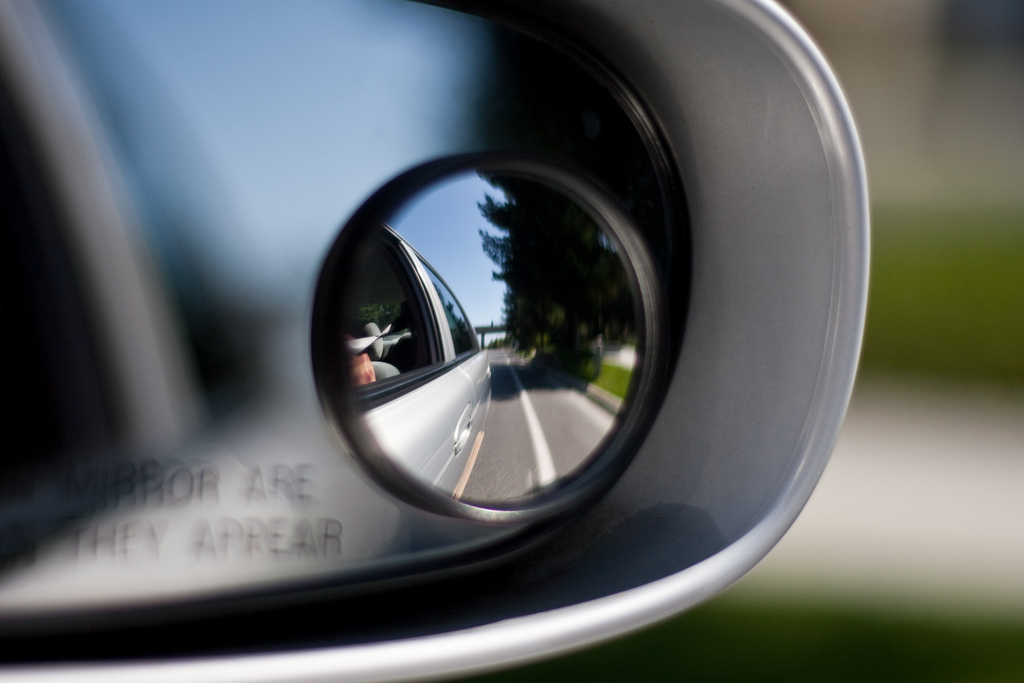Techniques for Teaching Teens to Manage Blind Spots
Adults who have been driving for a while completely understand the concept of blind spots and know how to manage them properly. Teen drivers, however, simply do not have as much experience and may be confused about what a blind spot is and what it means while they are behind the wheel. Although explaining the meaning and management of a blind spot to a teen may seem simple, there are some techniques parents should consider when teaching young drivers about this important concept.
Defining the Size of a Blind Spot
Once the definition of a blind spot has been covered, it is important to explain how large of an area a blind spot actually is. The problem with explaining this concept is that every vehicle will have a different sized blind spot based on the size of the vehicle as well as the size of its mirrors and windows. A great way to determine the size of a blind spot is by experimenting with the car in a parked position. Have the teen sit in the driver’s seat facing forward – starting on one side of the vehicle walk forward and back, having the teen indicate when they can and cannot see you.
Proper Mirror Adjustment
One of the first things teens should do when they get into a car is to check the position of the driver’s seat, steering wheel, and the mirrors while the car is still in park. When adjusting side mirrors, the teen should be able to see along the side of their car and part of the lane or area next to the car without having to move their head. When adjusting the rearview mirror, it should be positioned in such a way that the teen can glance at it, without moving their head, and be able to see everything that may be behind them. Having properly adjusted mirrors can also help cut down on the size of a blind spot.
Should Checks are Important
When traveling on a multiple lane highway, it becomes crucially important to check blind spots, especially when changing lanes. This is the only way to make sure the area is clear and changing lanes is safe. Have your teen practice doing shoulder checks, making sure to remind them not to pull the steering wheel while doing so. Explain the proper procedure for changing lanes – turn on the turn signal, shoulder check the blind spot, and carefully move into the next lane. Although teens should truth their mirrors, they should also rely on double-checking blind spots when changing lanes.
How is your teen doing driving these days? If you would like a professional driving school in Northfield to help him or her, give Training Wheels a call! For more information or to contact us to schedule an appointment, click here.
*Photo Courtesy of Nimish Gogri via Creative Commons License

